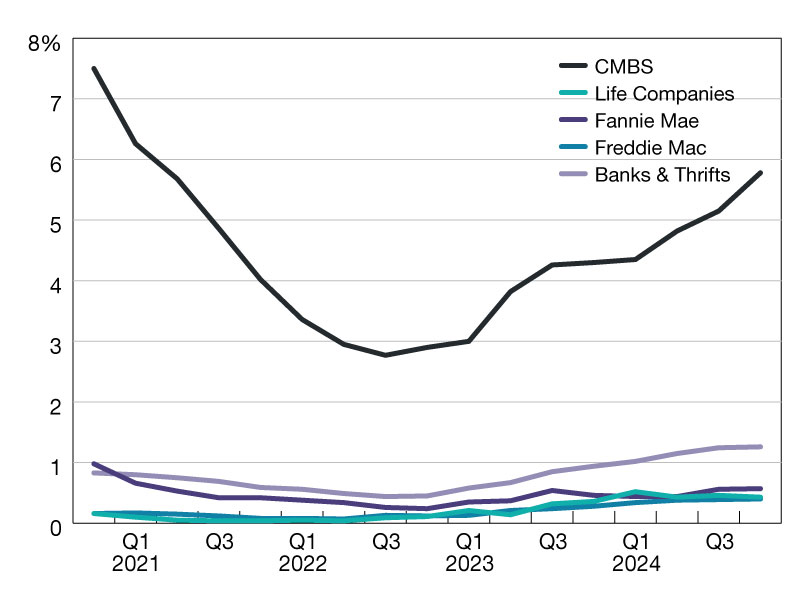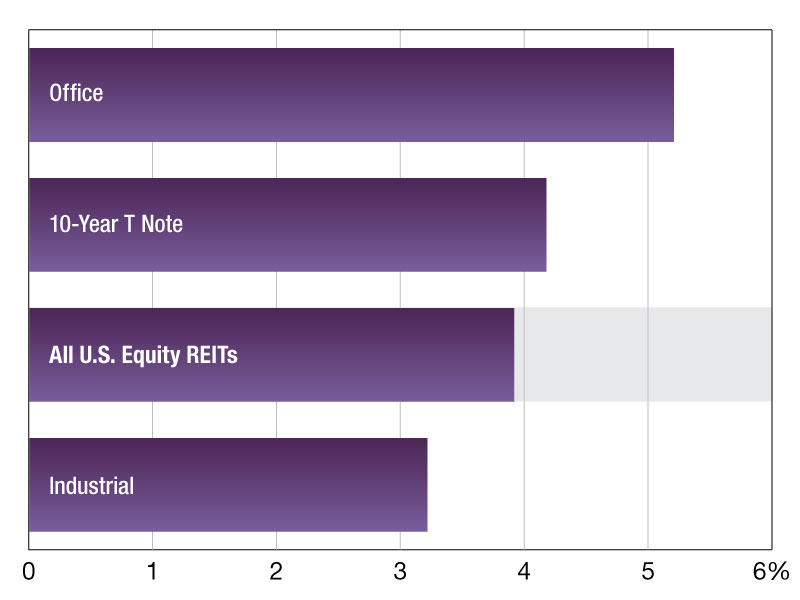The Sanctity of Fair and Square Property Taxation
Assessors often need reminding that property owners are entitled to equal, uniform treatment, notes Stephen Grant of Popp Hutcheson PLLC.
Across the country, state constitutions require that property taxes be equally and uniformly assessed. And thank goodness for that.
Without such constitutional guarantees, local taxing authorities would have the unfettered ability to single out individuals, property types, or categories of property owners for taxation by a different standard, possibly taxing them out of existence.
Fairness Trumps Market Value
Generally, taxpayers can challenge their property tax assessments by arguing that the appraised value of their property exceeds its fair market value. However, if a conflict exists between taxation at market value and equal and uniform taxation, equal and uniform taxation must prevail. Various court cases have upheld this principle and underscore its importance. In short, the guarantee of equal and uniform taxation is designed to protect taxpayers and ensure equal treatment of all commercial and residential property owners.
Despite constitutional protections, unequal appraisal by local taxing authorities persists. There are several reasons for this, including data errors and tax officials’ willingness to single out recently sold properties to assign value, commonly referred to as “sales chasing.”
Tax assessors continue to appraise recently sold property at or near its actual sales price but leave the taxable values of other, similar properties unchanged. A business cannot compete in its respective market if it is being taxed more heavily than its competitors. Compounding the issue, many commercial leases pass through property tax expenses to tenants who ultimately bear the brunt of higher property tax bills.
Further, a property appraised according to the high end of market values may nonetheless be unequally assessed if other comparable properties are valued at the lower end of the market. Over time, the variation created by that practice would result in affected property owners being saddled with higher assessments and potentially higher tax liabilities than similarly situated properties. At the minimum, this practice raises a question of whether properties within a taxing district are being taxed to an equal and uniform standard.
Taxpayer Recourse
When one parcel is unequally appraised compared to similar properties, what recourse do taxpayers have to ensure equitable taxation?
While most state constitutions require that taxation be equal and uniform, only a few states have adopted a statutory remedy to accomplish that goal. Where available, the statutory unequal appraisal provision permits taxpayers to appeal or protest when an assessor has appraised their property using a different standard than those used for other properties. Accordingly, a property owner can seek relief if their property was treated differently from other properties in the same tax base, even when their appraised value does not exceed fair market value.
Texas has what may be the most robust statutory unequal appraisal remedy in the country. The provision states that a property shall be valued for property taxes based upon the median level of appraisal of a reasonable number of comparable properties, appropriately adjusted.
When selecting comparable properties, it is important to consider several factors, including but not limited to the properties’ use, competitive set, neighborhood, and size. While the Texas statute does not define what a “reasonable number” of comparable properties is, consideration should be given to the quality and number of comparable properties used.
After selecting a reasonable number of comparable properties, adjustments are then made to the appraised values of the comparable properties to put them on equal footing. The adjustments account for differences between the selected comparable properties and the subject property, such as location, age, and size. When determining what adjustments to make, the focus should be on elements that directly affect the properties’ value.
The final step is to compare the median adjusted value per square foot of the comparable properties and see how they correlate to the subject property. If the subject property has a higher value per square foot than the calculated median, then there is an equity issue.
Fair Fights
The equal and uniform remedy serves as a helpful tool for taxpayers when challenging their property’s assessed value. For instance, disputing a property’s market value may not be viable in some situations, and a taxpayer’s only recourse may be to argue that their property has been unequally appraised.
For example, a hypothetical taxpayer purchased a 300,000-square-foot, Class-A office building for $55 million during the prior tax year. The appraisal district subsequently assessed the building for property tax purposes based upon the purchase price, despite assessing other Class-A office buildings of similar size and location at a lower price per square foot.
By engaging in sales chasing, the appraisal district has unfairly appraised the subject property in relation to its competitors. However, if the state had adopted an equal and uniform remedy, then the taxpayer could challenge the property’s value on the grounds that it was unequally appraised even if the assessor deemed the sales price to be fair market value for property tax purposes.
Challenging tax values on an equal and uniform basis is an effective remedy. It addresses the practice of sales chasing, counters assessors’ tendency to use high sales prices to raise property taxes across an entire market and offers a coherent alternative to simply arguing that an assessment is excessive.
The unequal appraisal remedy is a readily accessible argument, particularly for homeowners, because it provides taxpayers with a more straightforward option than a market value appeal. It enables taxpayers to forego the high cost of procuring expert appraisers by allowing them to instead build an argument by identifying a representative sample of similar properties from the appraisal district’s own website.
In sum, if your state has an equal and uniform remedy—use it. If your state does not have an equal and uniform remedy, consider urging lawmakers to adopt one in your state.
Stephen Grant is an associate at the Austin, Texas, law firm Popp Hutcheson PLLC. Popp Hutcheson focuses its practice on property tax disputes and is the Texas member of American Property Tax Counsel, the national affiliation of property tax attorneys. Contact Stephen at stephen.grant@property-tax.com.








You must be logged in to post a comment.